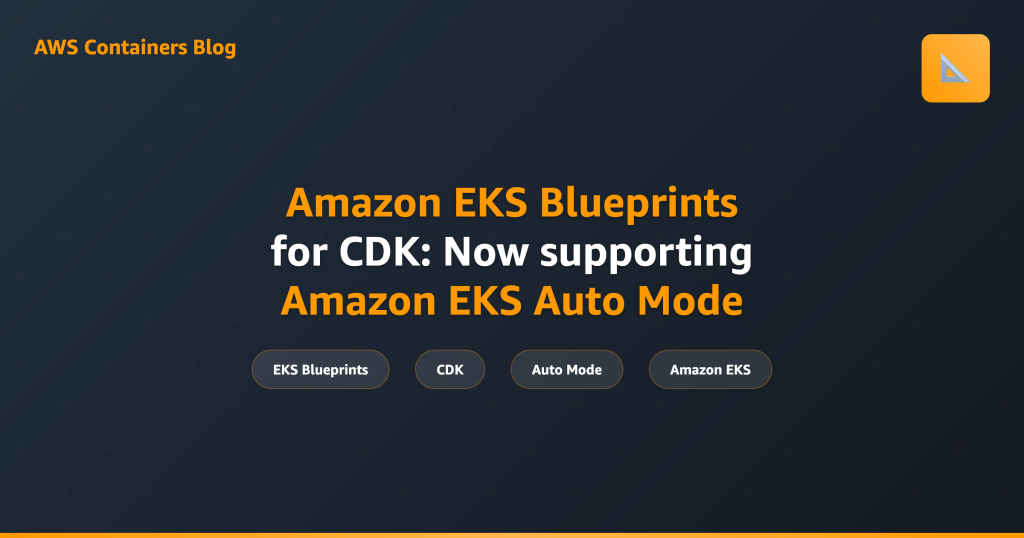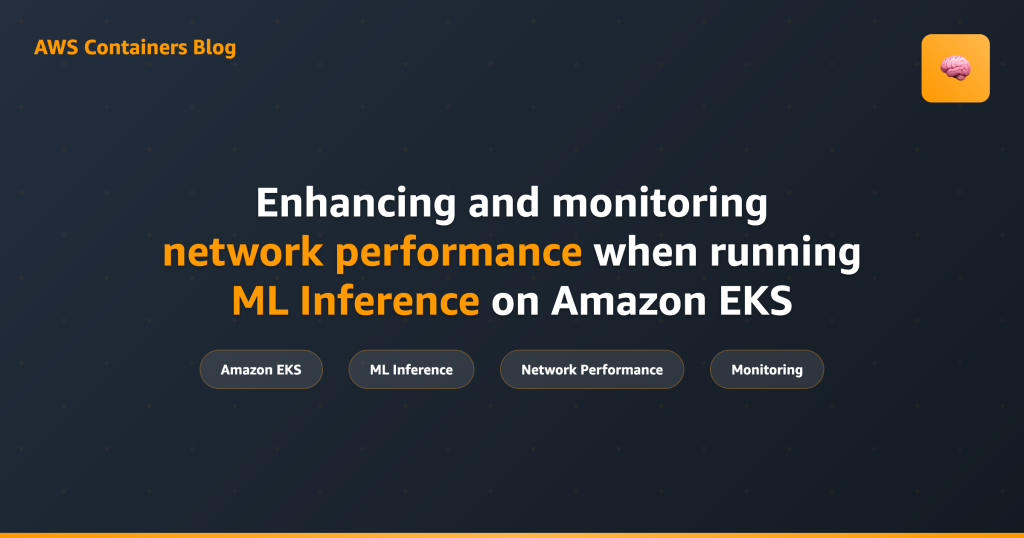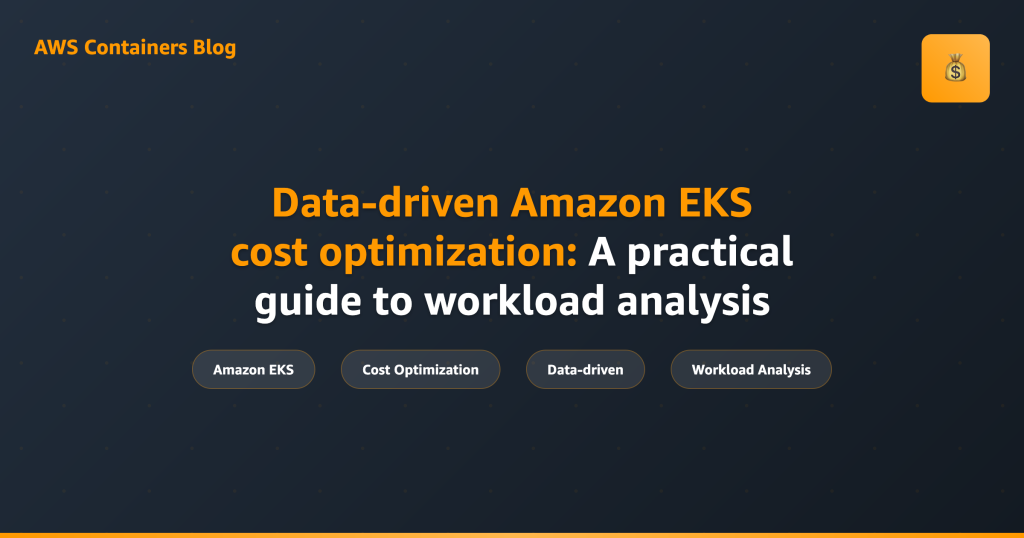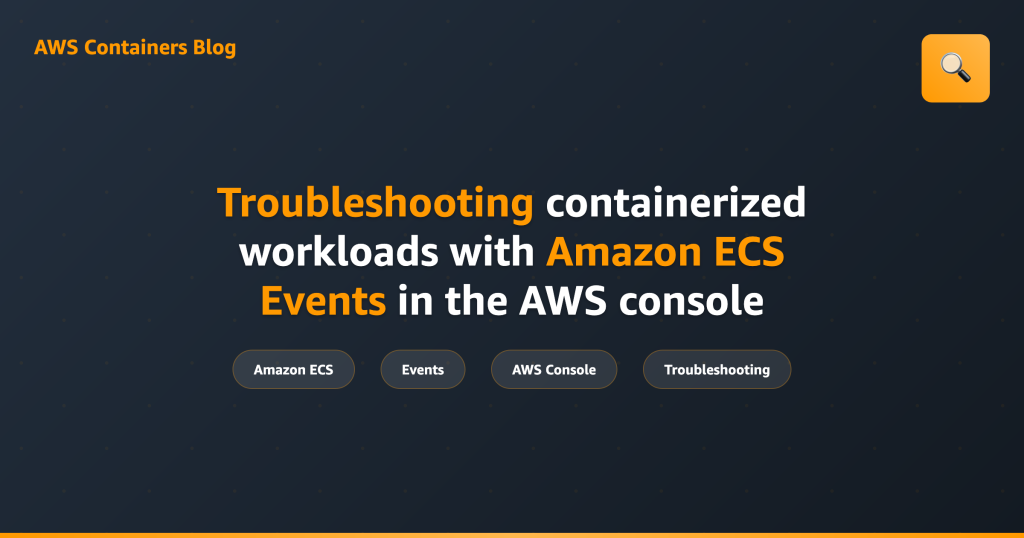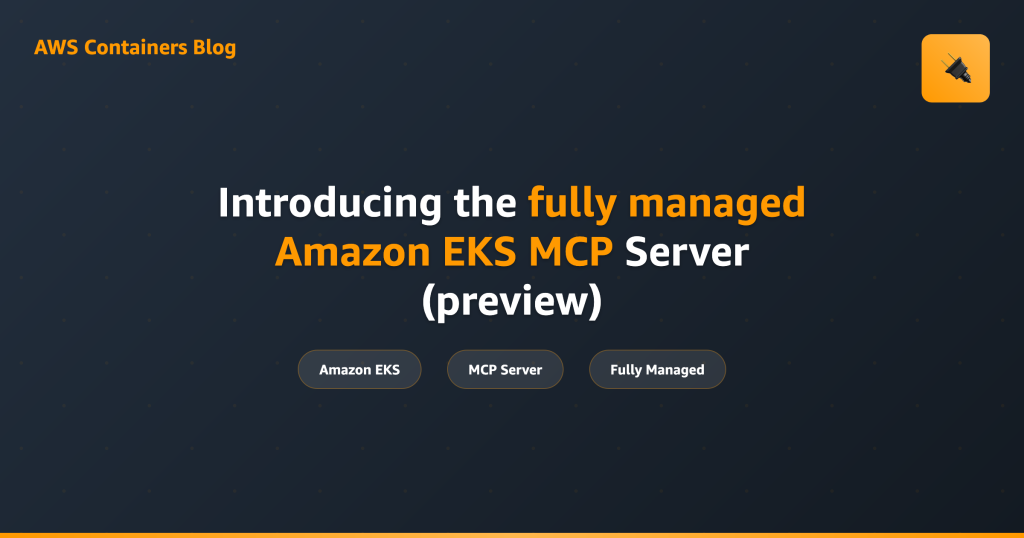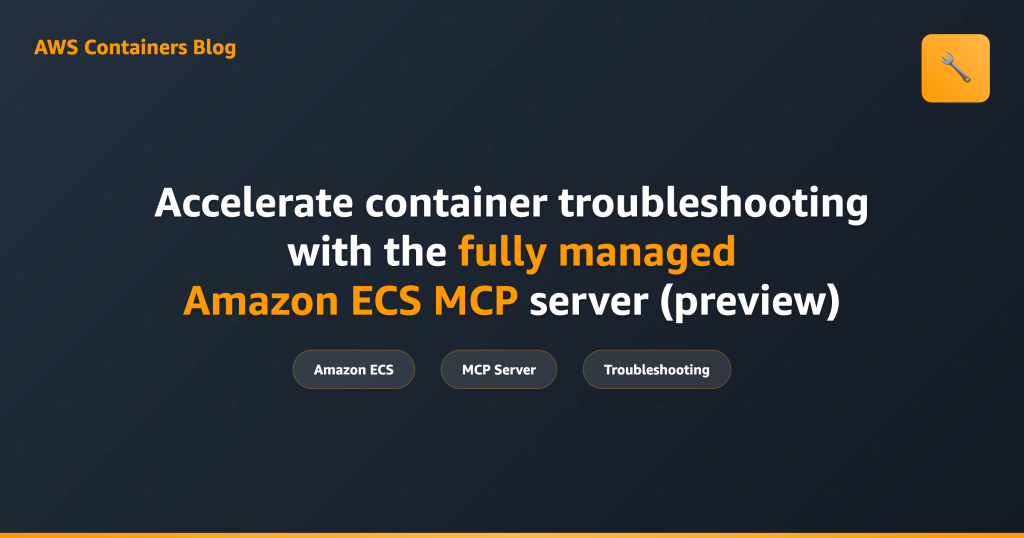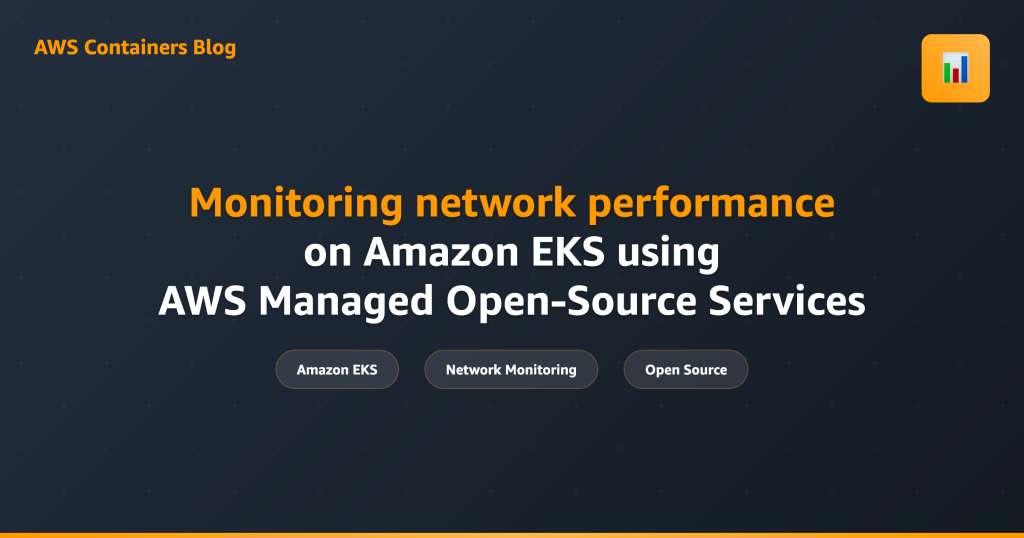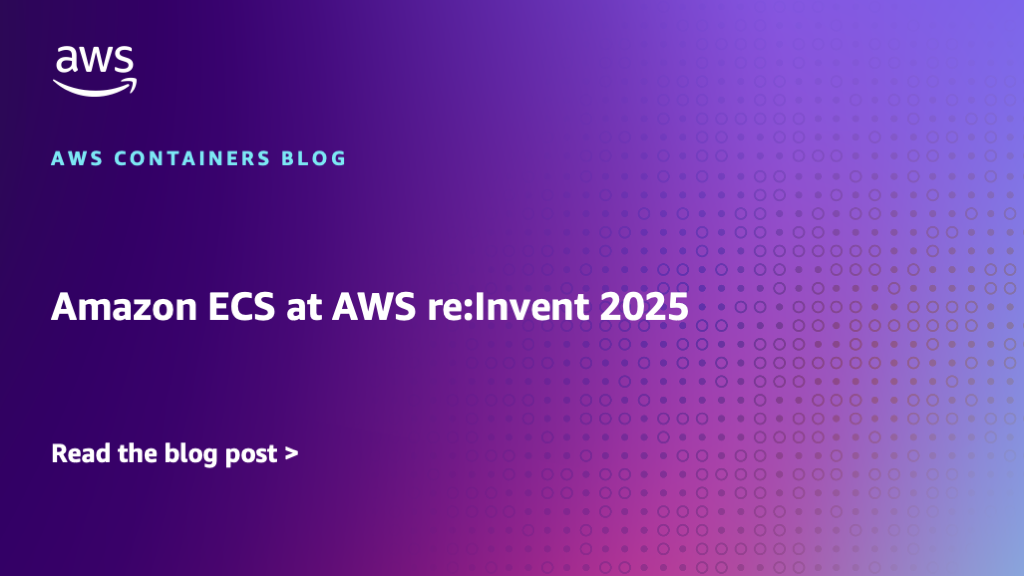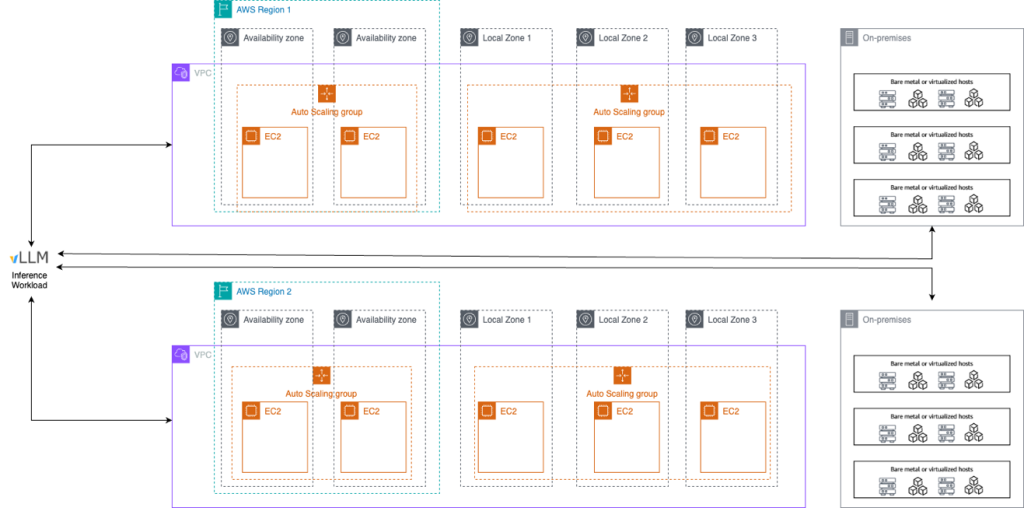Containers
Category: *Post Types
Amazon EKS Blueprints for CDK: Now supporting Amazon EKS Auto Mode
Amazon EKS Blueprints for CDK now supports EKS Auto Mode, enabling developers to deploy fully managed Kubernetes clusters with minimal configuration while AWS automatically handles infrastructure provisioning, compute scaling, and core add-on management. In this post, we explore how this integration combines EKS Blueprints’ declarative infrastructure-as-code approach with EKS Auto Mode’s hands-off cluster operations, providing three practical deployment patterns—from basic clusters to specialized ARM-based and AI/ML workloads—that let teams focus on application development rather than infrastructure management .
Enhancing and monitoring network performance when running ML Inference on Amazon EKS
In this post, we explore how to enhance and monitor network performance for ML inference workloads running on Amazon EKS using the newly launched Container Network Observability feature. We demonstrate practical use cases through a sample Stable Diffusion image generation workload, showing how platform teams can visualize service communication, analyze traffic patterns, investigate latency issues, and identify network bottlenecks—ultimately improving metrics like inference latency and time to first token.
Data-driven Amazon EKS cost optimization: A practical guide to workload analysis
In this post, we introduce key considerations for optimizing Amazon EKS costs in production environments through detailed workload analysis and comprehensive monitoring. We demonstrate proven best practices to maximize cost savings while maintaining performance and resilience, supported by real-world examples showing how to eliminate resource waste from overprovisioned pods, excessive replica counts, and fragmented node pools.
Troubleshooting containerized workloads with Amazon ECS Events in the AWS console
In this post, we show how you can use the new event capture capability in the Amazon ECS console to automatically collect and analyze operational events without manually configuring EventBridge rules or CloudWatch log groups. We demonstrate how to enable Amazon ECS event capture with a single click and use the integrated query interface to investigate operational scenarios such as task failures, deployments, and resource constraints issues .
Introducing the fully managed Amazon EKS MCP Server (preview)
Learn how to manage your Amazon Elastic Kubernetes Service (Amazon EKS) clusters through simple conversations instead of complex kubectl commands or deep Kubernetes expertise. This post shows you how to use the new fully managed EKS Model Context Protocol (MCP) Server in Preview to deploy applications, troubleshoot issues, and upgrade clusters using natural language with no deep Kubernetes expertise required. We’ll walk through real scenarios showing how conversational AI turns multi-step manual tasks into simple natural language requests.
Accelerate container troubleshooting with the fully managed Amazon ECS MCP server (preview)
Amazon ECS today launched a fully managed, remote Model Context Protocol (MCP) server in preview, enabling AI agents to provide deep contextual knowledge of ECS workflows, APIs, and best practices for more accurate guidance throughout your application lifecycle. In this post, we walk through how to streamline your container troubleshooting using the Amazon ECS MCP server, which offers intelligent AI-assisted inspection and diagnostics through natural language queries in CLI tools like Kiro, IDEs like Cline and Cursor, and directly within the Amazon ECS console through Amazon Q.
Streamline container image signatures with Amazon ECR managed signing
Container image security is critical for modern applications with the increasing adoption of containerized workloads. Organizations need reliable ways to verify the authenticity and integrity of their container images. Amazon Elastic Container Registry (Amazon ECR) now offers managed signing as a streamlined approach to automatically sign container images when they are pushed to the Amazon […]
Monitoring network performance on Amazon EKS using AWS Managed Open-Source Services
In this post, we demonstrate how to monitor network performance for Amazon EKS workloads using new advanced network observability features powered by Network Flow Monitor. We explore how to capture Kubernetes-enriched network metrics, export them to AWS Managed Open-Source services like Amazon Managed Service for Prometheus and Amazon Managed Grafana, and visualize critical performance indicators including throughput, packet drops, latency, and connection states across your containerized services.
Amazon ECS at AWS re:Invent 2025
Amazon Web Services (AWS) re:Invent returns to Las Vegas from December 1-5, 2025, bringing together the global cloud computing community for an unparalleled learning experience. This premier event is where cloud pioneers gather from across the globe for the latest AWS innovations, peer-to-peer learning, expert-led discussions, and invaluable networking opportunities. The Amazon Elastic Container Service […]
Extending GPU Fractionalization and Orchestration to the edge with NVIDIA Run:ai and Amazon EKS
In this post, we explore how AWS and NVIDIA Run:ai are extending GPU fractionalization and orchestration capabilities beyond traditional cloud regions to edge environments, including AWS Local Zones, Outposts, and EKS Hybrid Nodes. The collaboration addresses the growing demand for distributed AI/ML workloads that require efficient GPU resource management across geographically separated locations while maintaining consistent performance, compliance, and cost optimization .
